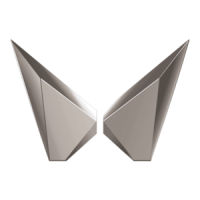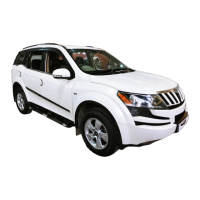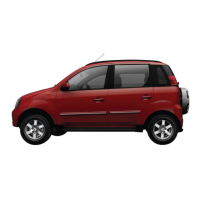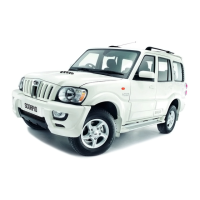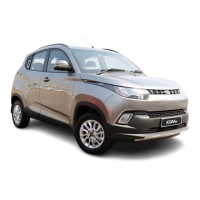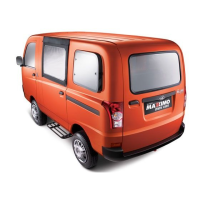© Copyright Mahindra and Mahindra Ltd. 052016
5-9
5.5 General Warnings and Instructions- Seat Belts
At least once each month, inspect the seat belt webbing for any
cuts, tears, or other signs of wear (such as fraying along the
edges). Also inspect the anchors, retractors, and buckles to be
sure they are tight and operational.
• All occupants, including the driver, should always wear their seat
belt no matter how short the trip in order to minimize the risk of
severe injury in the event of a crash. In an accident, an un-belted
passenger becomes a projectile, and can cause serious injury to
himself or another passenger.
• In a rollover crash, an un-belted person is significantly more likely
prone to Injury than a person wearing a seat belt
• In order to be properly buckled, you must always sit up straight
and keep your feet on the floor in front of you. The lap part must
be worn low and tight across your hips, just touching the top of
your thighs. While fastening the seat belt, the shoulder strap of
the seat belt must pass over your chest and top of your
shoulder. It must never touch your neck, face, the side of your
shoulder, arm, or pass under your arm. The belt must always be
flat against your body and not twisted in any way. Nothing, such
as an arm rest, a pocketbook, or any external objects should be
between you and the seat belt.
Improper wearing
of a seat belt
will reduce the protection in an
accident.
• Seat belts should be adjusted as tightly as possible, consistent
with comfort to properly secure the wearer in the seat.
• The seat belts provided for your vehicle are designed for people
of adult size, must be properly used and maintained.
• For usage of adult seatbelt to secure children refer to section on
manual for child seat positions and use a child restraint systems
• Passengers should not move out of or change seats while the
vehicle is moving. A passenger who is not wearing a seat belt
can be thrown against the inside of the vehicle, against other
SEATS AND SEAT BELTS
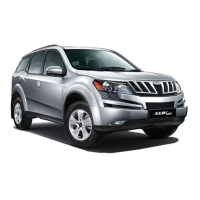
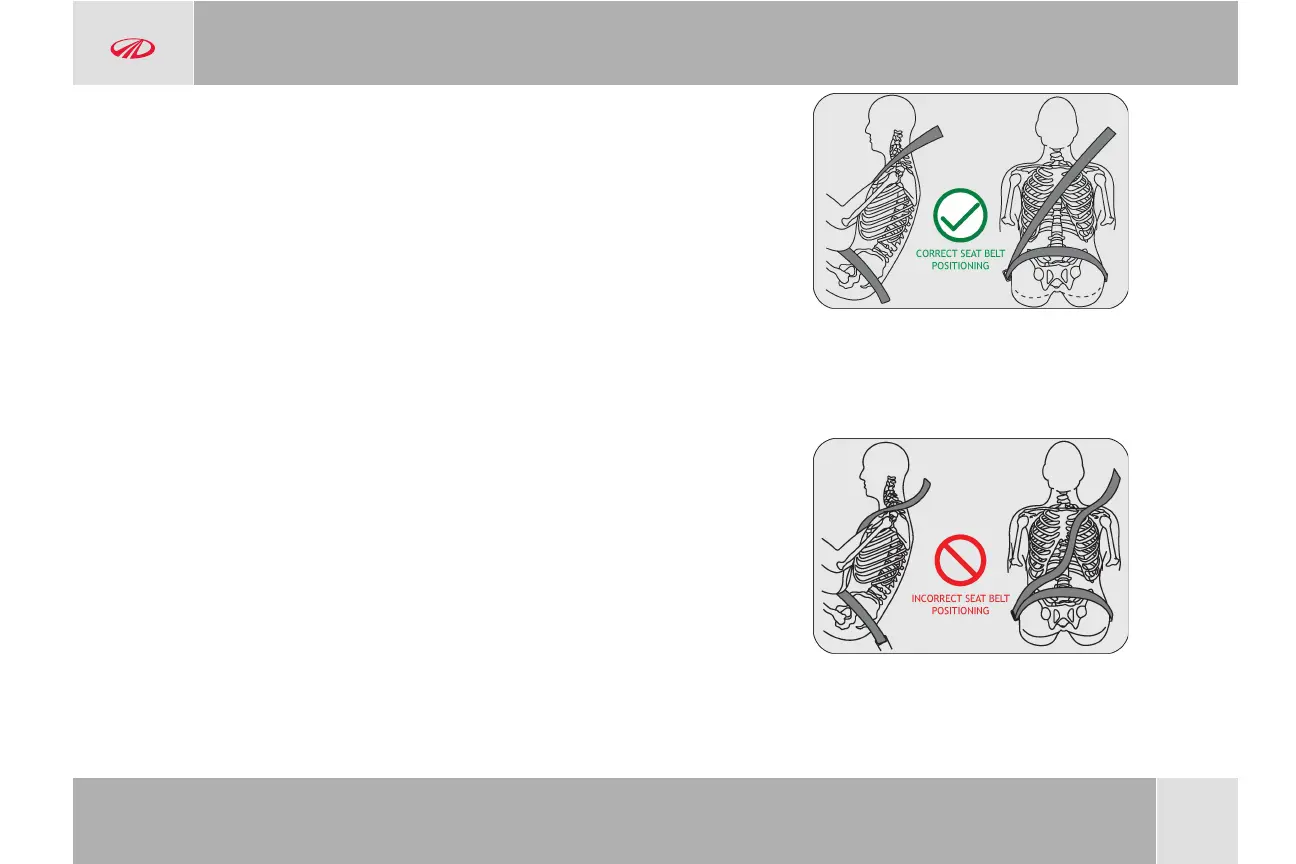